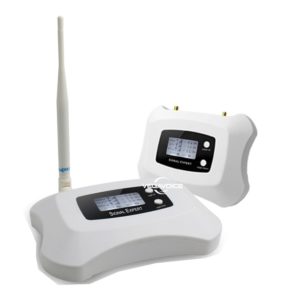There’s a lot of buzz in the search engine optimisation community about the increased sales of smartphones (now outselling PC’s), and how this is going to directly influence the digital marketing community.While there are numerous tips available for adapting your SEO strategy to account for the shift from desktop to portable devices, I thought I’d focus on web development for portable devices.
Obviously, smartphones have smaller screens than PC’s, so by necessity changes are required. Some changes are subtle and obvious, but I’ll try and break them down into an easily digestible list.So, let’s explore how to design a devoted mobile phone site and how it can positively influence your mobile search optimization campaign.
Dividing the page into sections
This is an obvious tactic that can be employed to combat the smaller screen sizes of smartphones. In general, users browsing the internet on their smartphones know what they want, and they want it quickly. Having a website that is broken up into specific sections can help the users locate the relevant information quickly, contributing to a positive user experience.
In terms of mobile site layout, it must also be remembered that it is far easier for smartphone users to scroll up and down than left to right. Having your webpage match up with the width of the screen is important, as information not visible when the mobile page loads may often be discarded by the user.
Inherently Local
Browsing the internet on smartphones is inherently local.The users who surf the web on their phones are often looking for local facilities, as well as contact information.With this in mind, it is important to have contact details clearly located toward the top of the webpage that has been optimised for mobile search, adding a map, directions and a ‘click to call’ feature will also help maximise the potential that mobile sites have for driving relevant traffic to your business.
Conversions
User habits vary depending on the platform through which they are conducting their search.For example, people browsing the internet on a desktop or laptop computer may well have more time than users on smartphones. This means that the money pages, or pages where conversions can be carried out, should be specifically targeted and adapted for web search on mobile devices.This can be done by making the conversion pages easy to find, and user friendly, perhaps located on the homepage, or at least no more than two clicks from the homepage.
It is also worth remembering that completing forms is also much more of a chore for smartphone users.This could be counteracted by removing all irrelevant parts of a form, perhaps giving the user an option to click a choice from a set of options, rather than having to enter an answer manually.
Branding
No matter what platform your website is being displayed on, it is important to remember the importance of branding. If users are familiar with a particular brand, and comfortable with it, they may look for that when browsing through a mobile platform.They must be able to recognise that they are on the correct site, this can be implemented by intelligent use of a logo, or brand-specific image.


